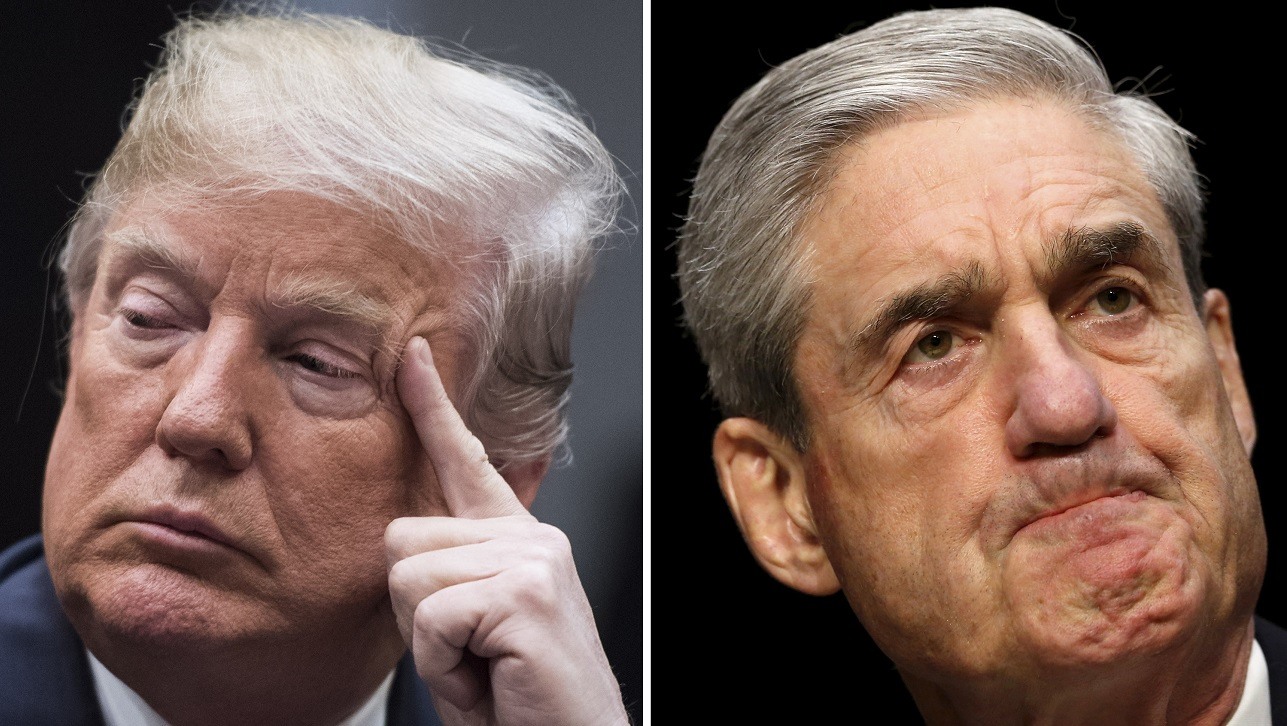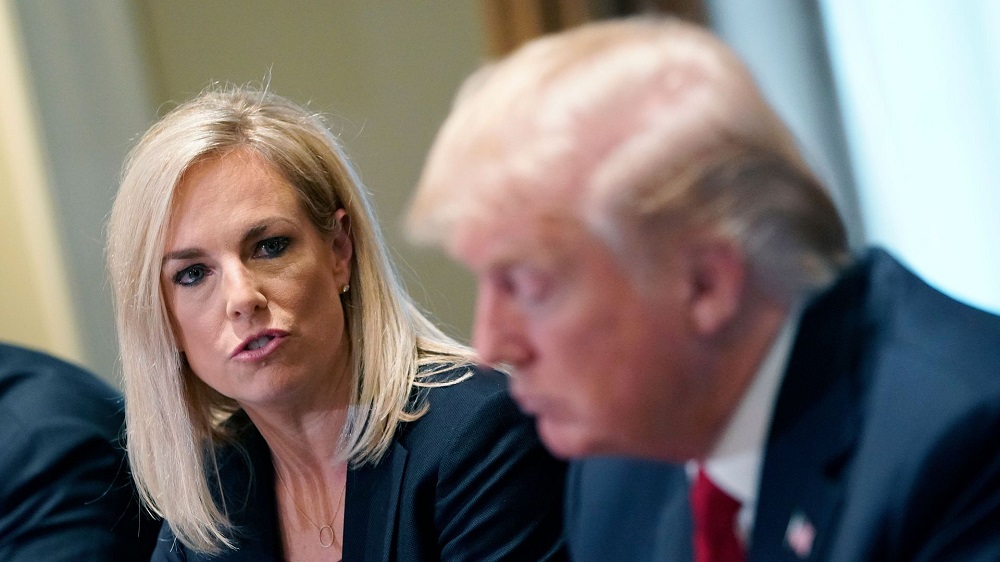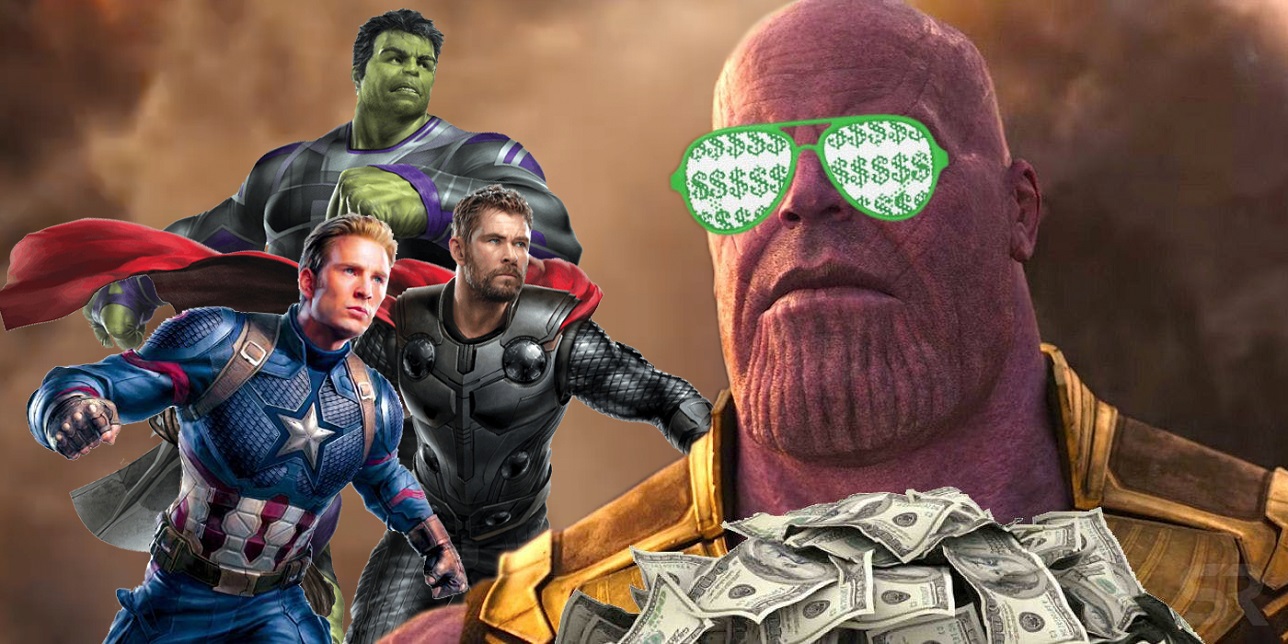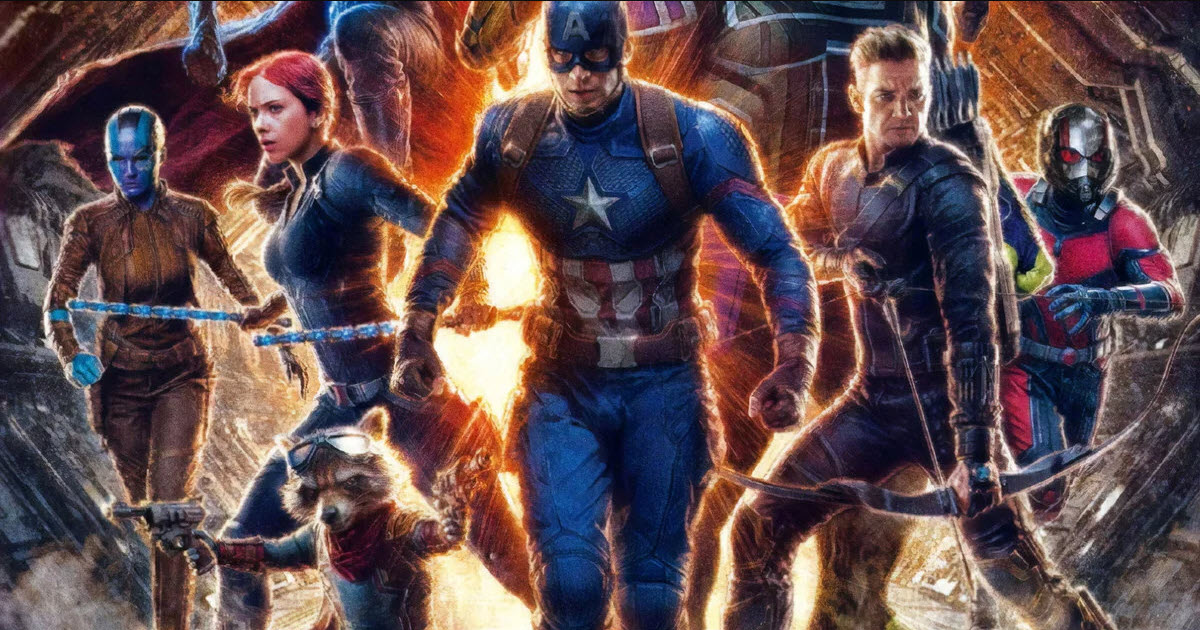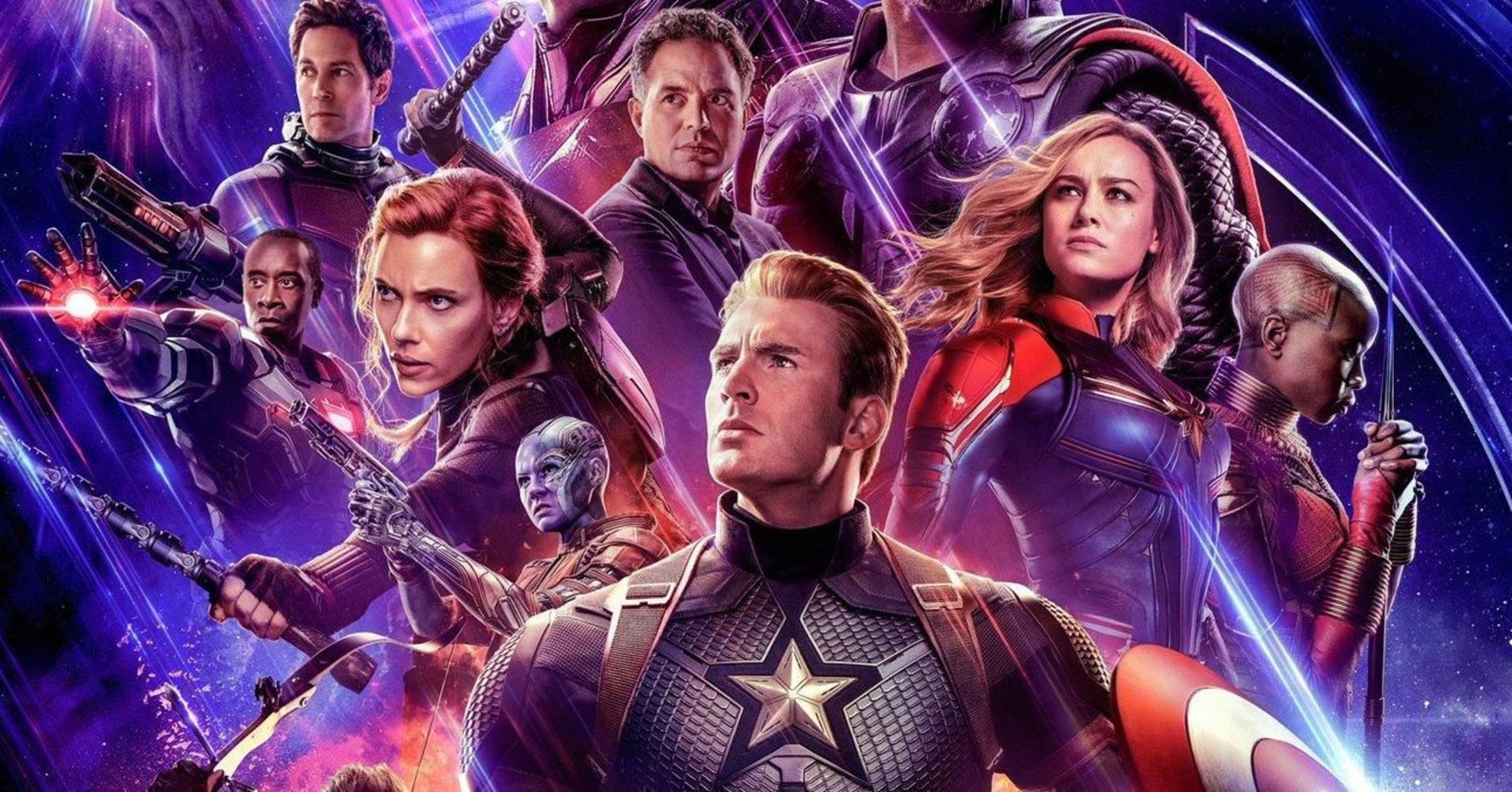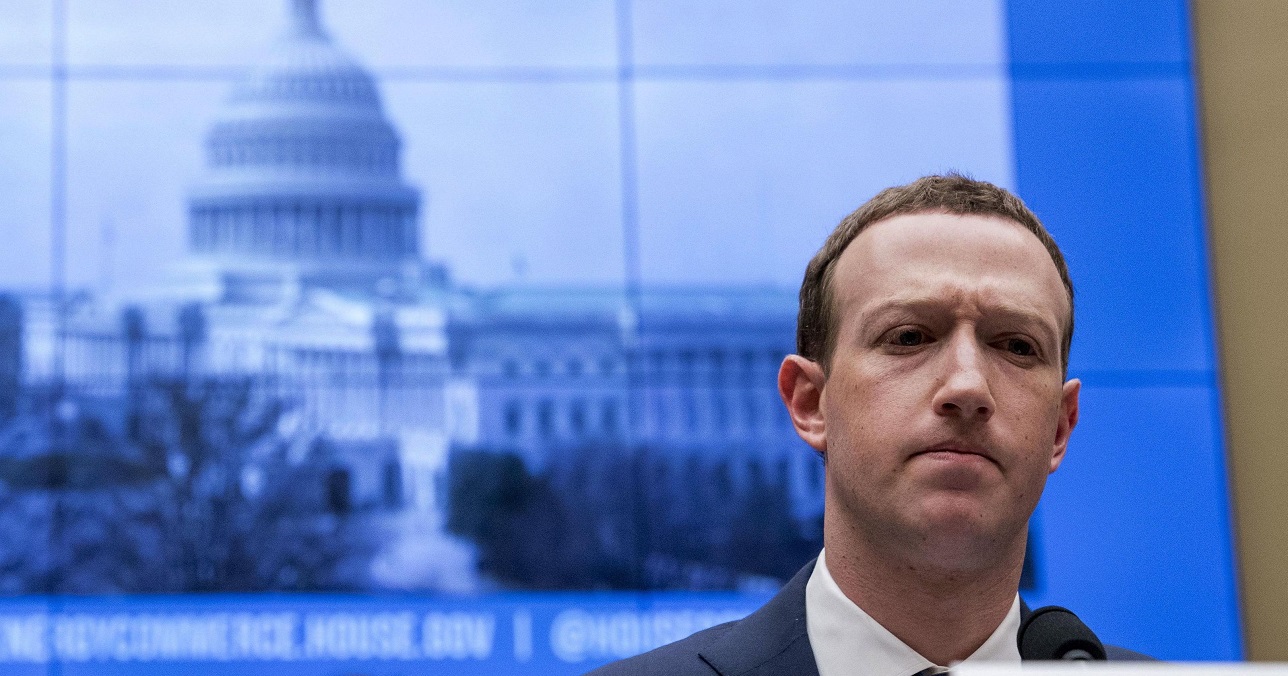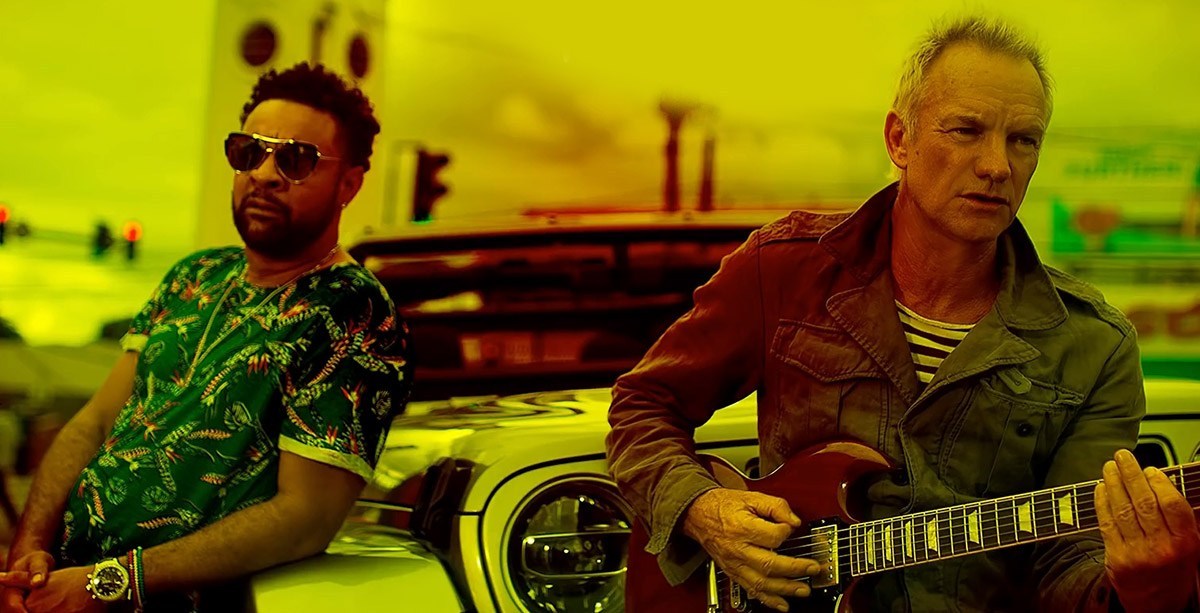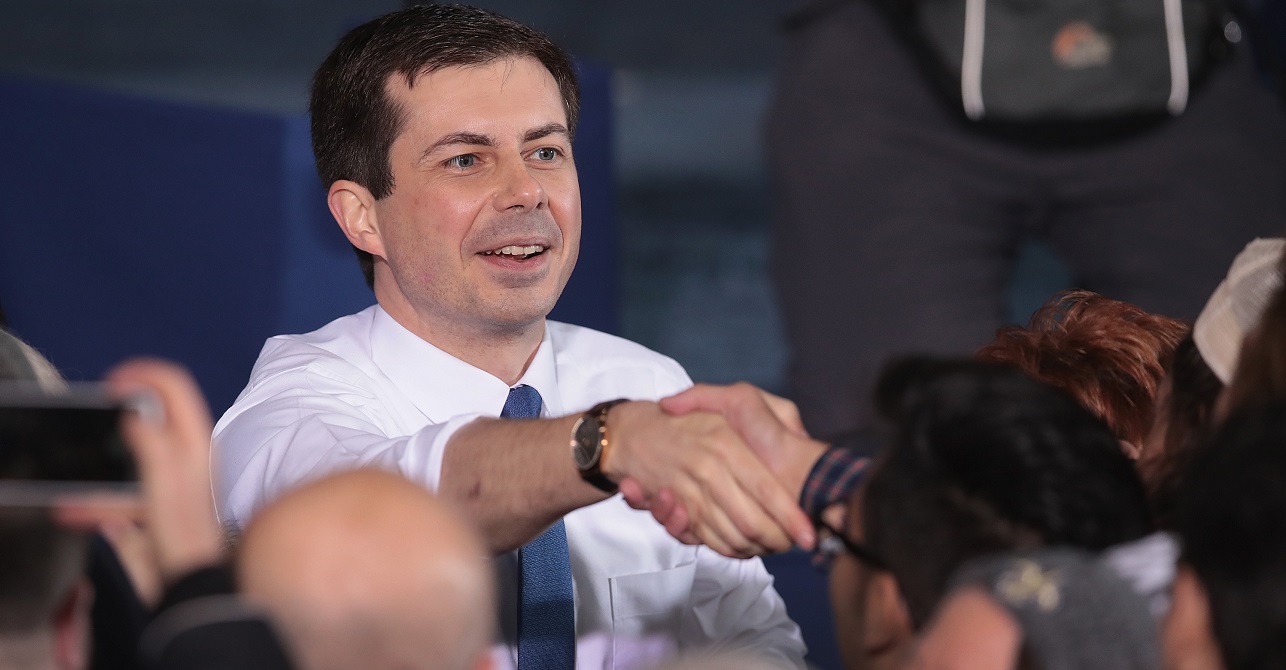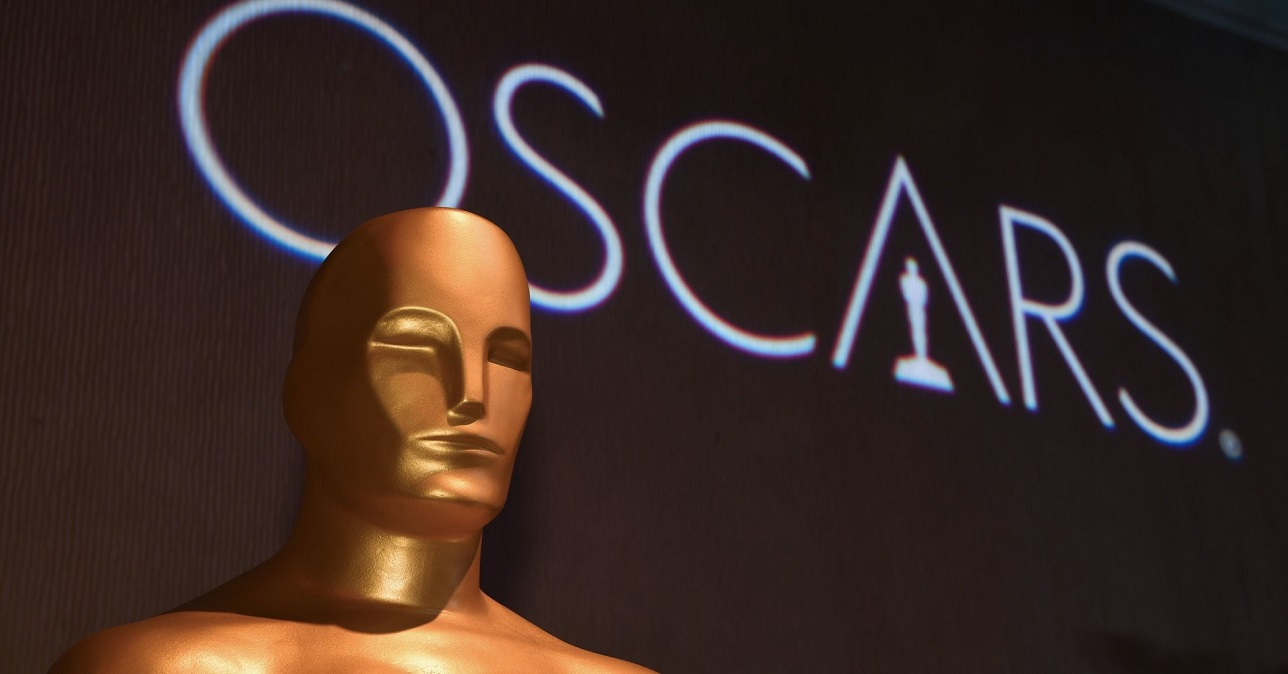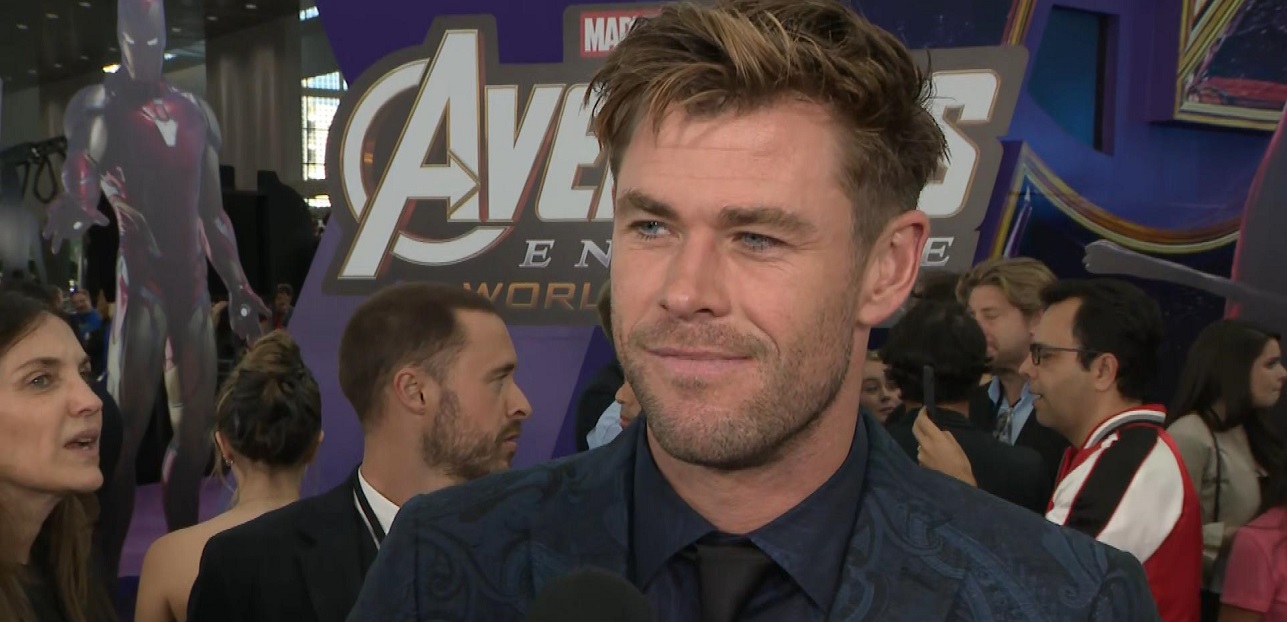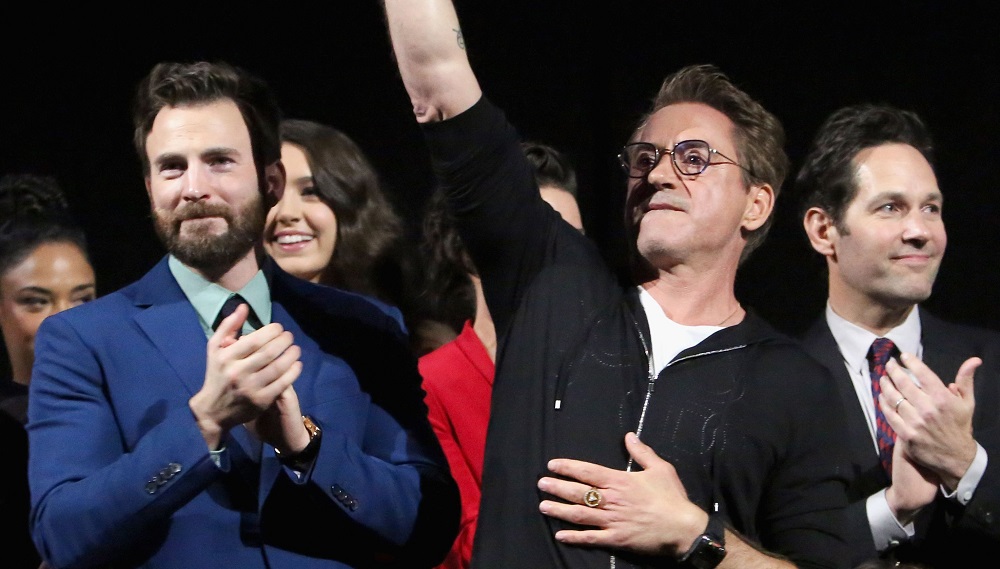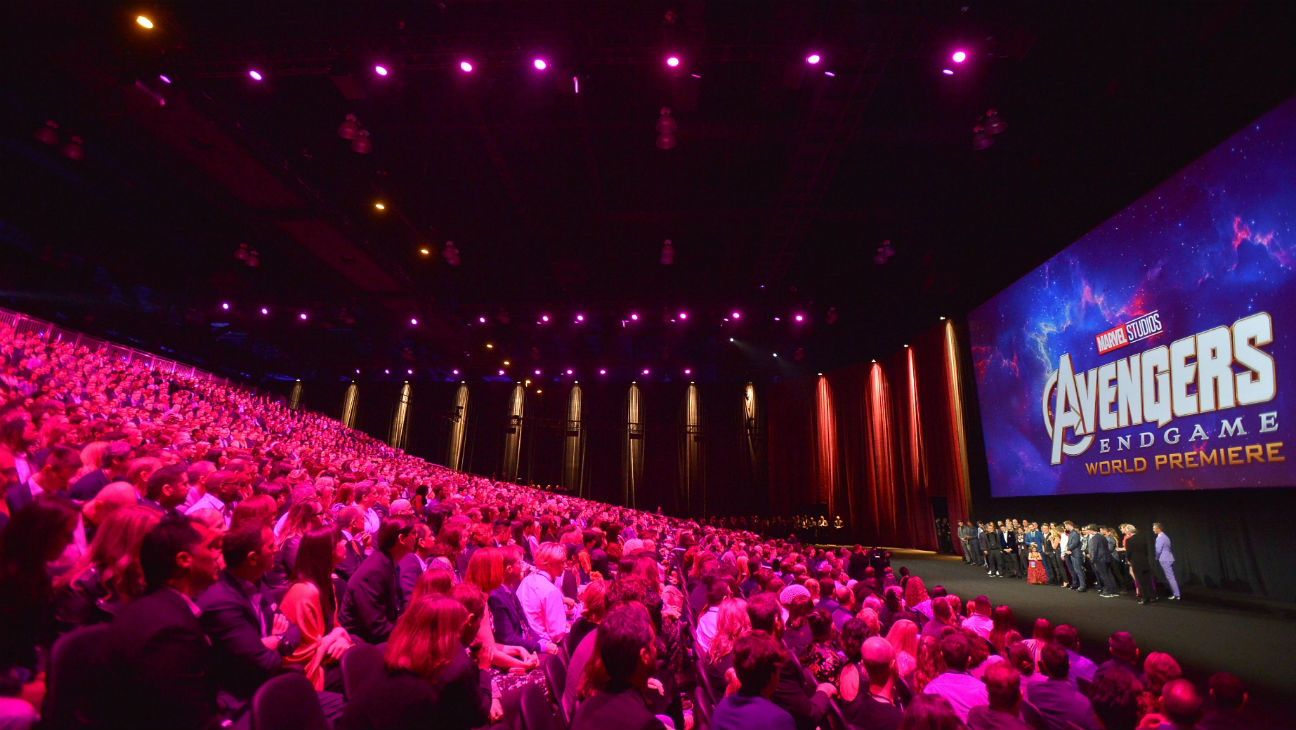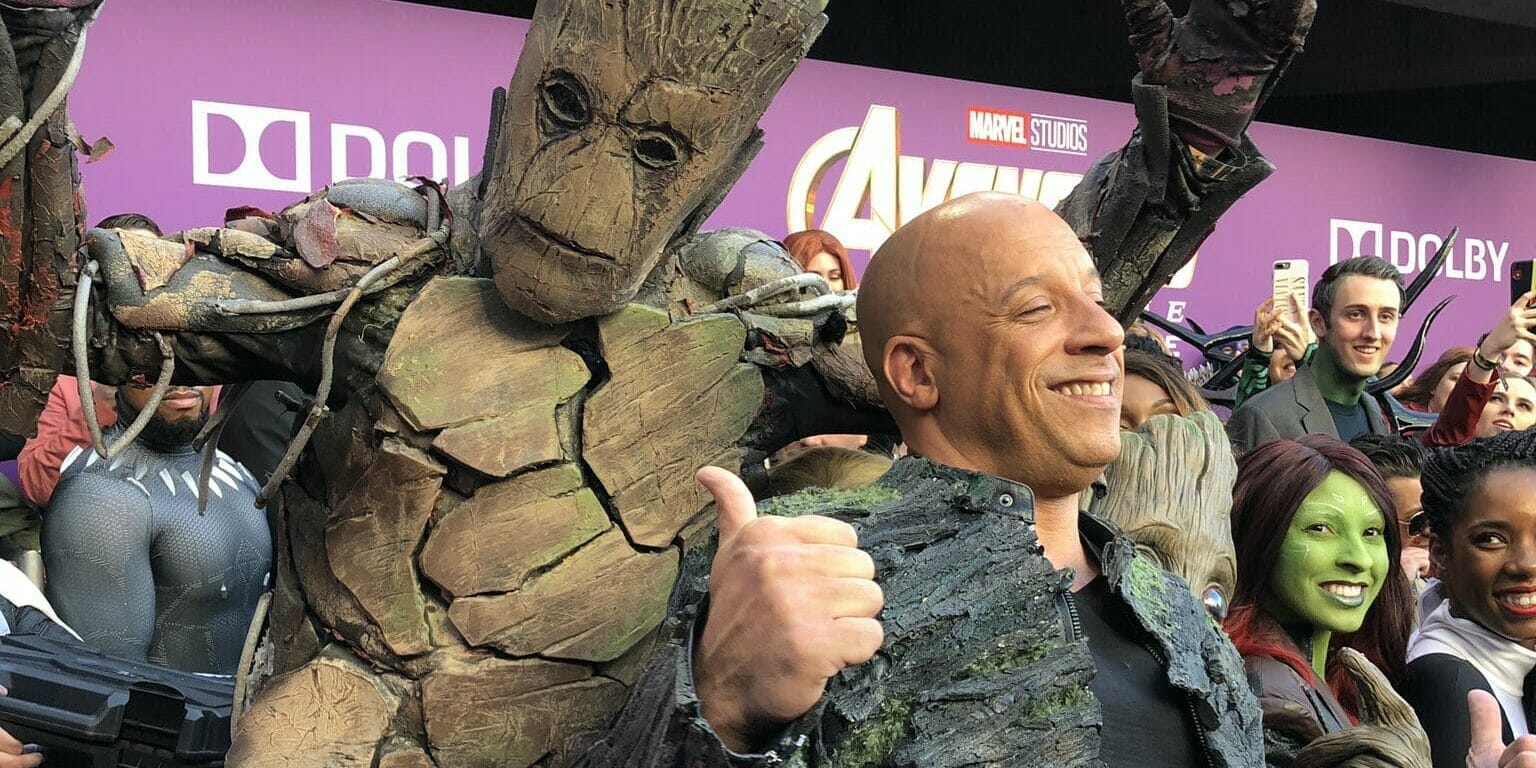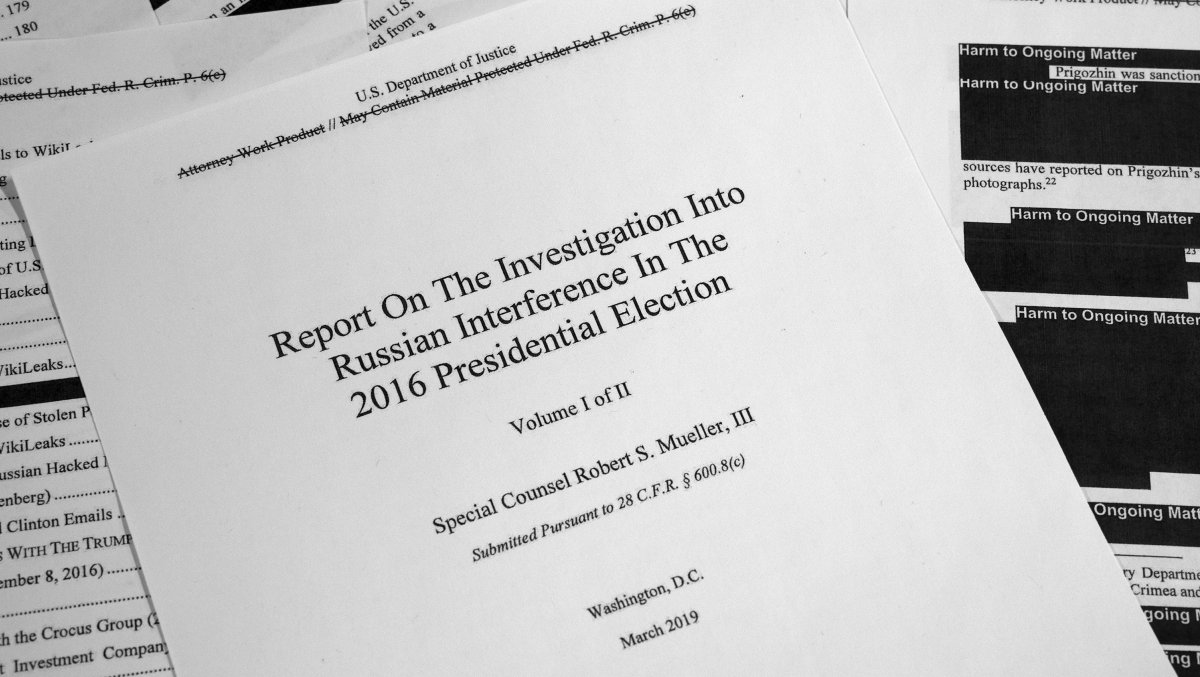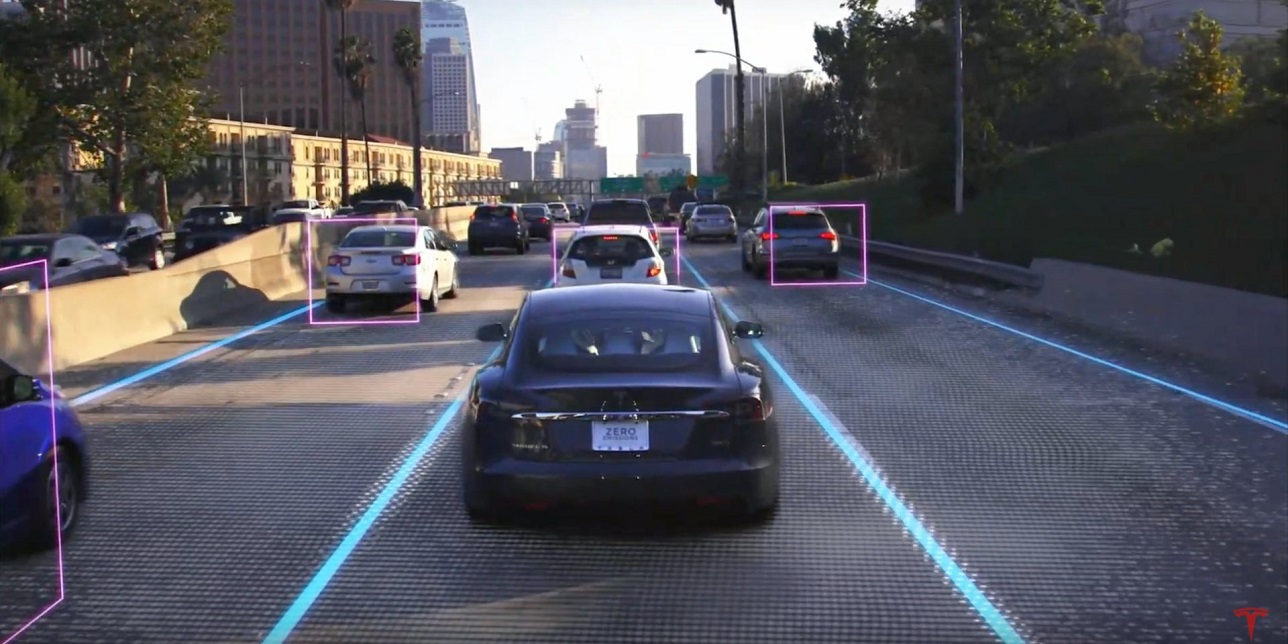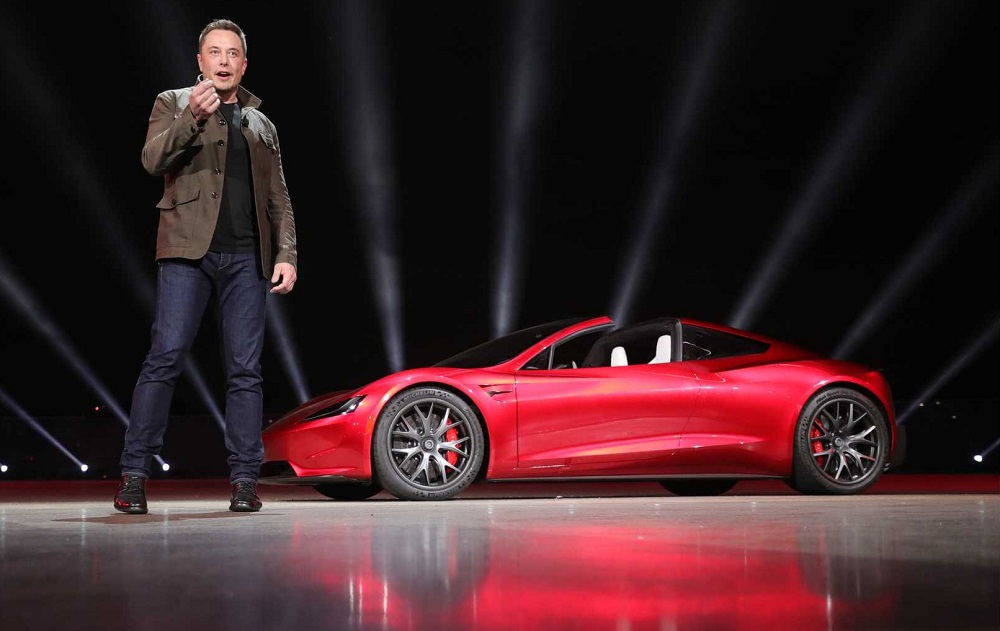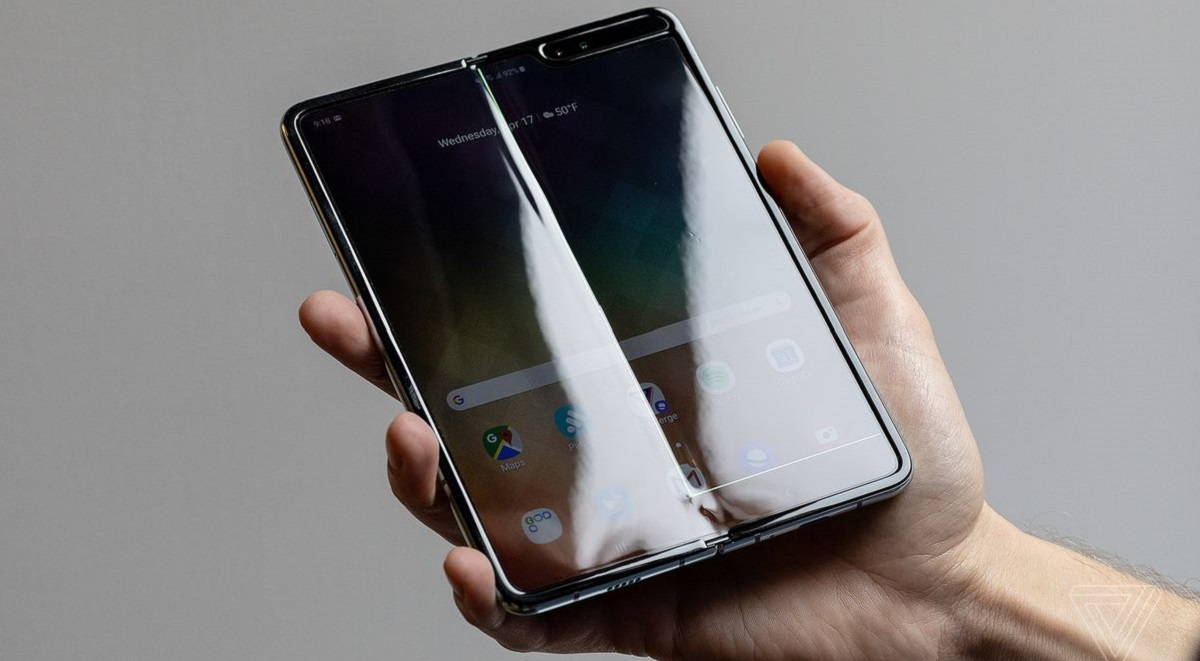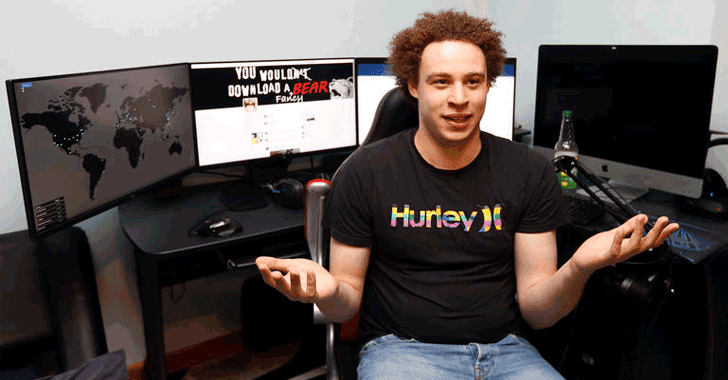Robert Mueller’s Russia report has got President Donald Trump rapid cycling with either moments of ‘happiness’ and glee over being exonerated or extreme anger and twitter storms. Depending on how the news media is revealing what’s really in the report, the White House is on extreme spin cycle. Monday evening saw him retweeting dozens of positive tweets about himself before going into a full our Twitter rage about how it’s everyone else’s fault.
Trump is still distorting the truth about the Russia investigation, claiming exoneration from a special counsel’s report that he is also assailing it as hopelessly biased.
Confronted with
unflattering details in the report about his months long effort to undermine
federal investigators, Trump over the weekend blasted special counsel Robert
Mueller’s appointment as “highly conflicted.” In fact, the Justice Department’s
ethics experts cleared Mueller to run the two-year investigation and Trump’s
own aides previously dismissed the president’s complaints as “ridiculous” and
unfounded.
Trump is also claiming
full vindication by the
report. But while clearing Trump of criminal conspiracy, Mueller all but
boldfaced this other finding in the 400-plus
page report: No exoneration for Trump on obstruction of justice.
The statements were among
many misrepresentations spread over the past week by the president’s team,
including Attorney General William Barr, who declared Trump innocent and
suggested, inaccurately, that Congress had no role in deciding the matter.
RUSSIA INVESTIGATION
TRUMP: “The Mueller Report … was written as nastily as possible by 13 (18)
Angry Democrats who were true Trump Haters, including highly conflicted Bob
Mueller himself.” — tweet Saturday.
THE FACTS: Trump repeats a baseless charge that Mueller is a “highly
conflicted” prosecutor, something that Trump’s own aides have debunked.
Trump has previously tweeted
and complained to aides that Mueller would not be objective, saying Mueller
had interviewed for the FBI director position shortly before being named as special
counsel and that Mueller had disputed some fees relating to his membership at a
Trump golf course.
But the president’s aides,
including then-White House chief strategist Steve Bannon, then-White House
counsel Don McGahn and Reince Priebus, the chief of staff at the time, rejected
those complaints as not representing “true conflicts,” according to the special
counsel’s report. Bannon also called the claims “ridiculous.” Bannon indicated
that while the White House had invited Mueller to speak to the president about
the FBI and thought about asking him to become director again, Mueller did not
come in looking for a job. Mueller was previously FBI director from 2001 to
2013.
Mueller, a longtime
Republican, was cleared by the Justice Department to lead the Russia
investigation. The department said in May 2017 that its ethics experts
“determined that Mr. Mueller’s participation in the matters assigned to him is
appropriate.” The issue had come up because of his former position at the
WilmerHale law firm, which represented some key players in the probe.
Mueller was appointed as
special counsel by Deputy Attorney General Rod Rosenstein, a Trump appointee.
Trump Tweets
TRUMP: “The Mueller Report should not have been authorized in the first place.”
— tweet Saturday.
THE FACTS: Trump is entitled to that opinion.
The grounds he has given, though, are at odds with some facts.
He claimed as recently as
last month that the probe was hatched by Democrats after losing the 2016
election. As evidence, Trump often points to a dossier of anti-Trump research
financed by the Democratic Party and Hillary Clinton’s campaign. The research
that was ultimately compiled into the dossier was initially financed by
anti-Trump conservatives, and later by the Democrats.
But the Mueller report
makes clear that the FBI’s investigation actually began months before it
received the dossier.
The report notes the
investigation was initiated after the FBI received information related to Trump
campaign foreign policy adviser George Papadopoulos, not the dossier. Last
year, the Republican-controlled House Intelligence Committee made the same
finding.
In late July 2016, days
after WikiLeaks released thousands of internal Democratic National Committee
documents that proved embarrassing to Clinton, the FBI became aware of a
meeting two months prior between Papadopoulos and a representative of a foreign
government, according to Mueller’s report. Papadopoulos claimed the Trump
campaign had received “indications” from Moscow that it could assist the
campaign by anonymously releasing political dirt on Clinton.
“Within a week of the
(WikiLeaks) release, a foreign government informed the FBI about its May 2016
interaction with Papadopoulos,” the report stated. “On July 31, 2016, based on
the foreign government reporting, the FBI opened an investigation into
potential coordination between the Russian government and individuals
associated with the Trump Campaign.”
End of Witch Hunt
TRUMP: “The end result of the greatest Witch Hunt in U.S. political history is
No Collusion with Russia (and No Obstruction). Pretty Amazing!” — tweet
Saturday.
VICE PRESIDENT MIKE PENCE: “Today’s release of the Special Counsel’s report
confirms what the President and I have said since day one: there was no
collusion between the Trump campaign and Russia and there was no obstruction of
justice.” — statement Thursday.
KELLYANNE CONWAY, White House counselor: “What matters is what the Department
of Justice and special counsel concluded here, which is no collusion, no
obstruction, and complete exoneration, as the president says.” — remarks
Thursday to reporters.
THE FACTS: The special counsel’s report specifically does not exonerate
Trump, leaving open the question of whether the president obstructed justice.
“If we had confidence
after a thorough investigation of the facts that the President clearly did not
commit obstruction of justice, we would so state,” Mueller wrote. “Based on the
facts and the applicable legal standards, however, we are unable to reach that
judgment.”
The report identifies 10
instances of possible obstruction by Trump and said he might have “had a
motive” to impede the investigation because of what it could find on a variety
of personal matters, such as his proposal to build a Trump Tower in Moscow.
“The evidence does
indicate that a thorough FBI investigation would uncover facts about the
campaign and the President personally that the President could have understood
to be crimes or that would give rise to personal and political concerns,” the
report states.
In explaining its
decision, Mueller’s team said reaching a conclusion on whether Trump committed
crimes would be inappropriate because of a Justice Department legal opinion
indicating that a sitting president should not be prosecuted. It nevertheless
left open at least the theoretical possibility that Trump could be charged
after he leaves office, noting that its factual investigation was conducted “in
order to preserve the evidence when memories were fresh and documentary
material were available.”
“Accordingly, while this
report does not conclude that the President committed a crime, it also does not
exonerate him,” the report states.
Sarah Sanders Explains
SARAH SANDERS, White House press secretary, on her statements from 2017
that many people in the FBI wanted James Comey, the director, fired: “The
sentiment is 100% accurate.” — “CBS This Morning,” Friday.
THE FACTS: Her answer on this subject was far different when she gave
it under oath.
After Trump fired Comey,
she told reporters on May 10, 2017, that “the rank and file of the FBI had lost
confidence in their director” and “accordingly” the president removed him. When
a reporter said most FBI agents supported Comey, Sanders said, “Look, we’ve
heard from countless members of the FBI that say very different things.”
But when Mueller’s team
interviewed her under oath, she backed off that story. According to the Mueller
report, she said it was a “slip of the tongue” to say that countless FBI people
wanted Comey out, that her statement about the rank and file losing confidence
in him was offered “in the heat of the moment” and that, in the report’s words,
it “was not founded on anything.”
Now she’s back to
suggesting that Comey was in fact unpopular in the FBI. “I said that it was in
the heat of the moment, meaning it wasn’t a scripted thing,” she said Friday.
“But the big takeaway here is that the sentiment is 100% accurate.”
The Mueller report says
there is “no evidence” that Trump heard complaints about Comey’s leadership
from FBI employees before firing him.
Mueller evaluated nearly a
dozen episodes for possible obstruction of justice and said he could not
conclusively determine that Trump had committed criminal obstruction. Among
those episodes was his manner of firing Comey. Mueller found “substantial
evidence” corroborating Comey’s account of a dinner at which he said Trump
pressed him for his loyalty.
Although Sanders
attributed her remark about Comey’s unpopularity to “heat of the moment,” Trump
has voiced the same sentiment. As recently as January, he tweeted: “The rank
and file of the FBI are great people who are disgusted with what they are
learning about Lyin’ James Comey and the so-called ‘leaders’ of the FBI.”
Who Decides?
ATTORNEY GENERAL WILLIAM BARR, asked if Mueller intended for
Congress, not the attorney general, to decide whether Trump obstructed justice:
“Well, special counsel Mueller did not indicate that his purpose was to leave
the decision to Congress. I hope that was not his view. … I didn’t talk to
him directly about the fact that we were making the decision, but I am told
that his reaction to that was that it was my prerogative as attorney general to
make that decision.”
THE FACTS: Mueller’s report actually does
indicate that Congress could make that determination.
The report states that no
person is above the law, including the president, and that the Constitution
“does not categorically and permanently immunize a President for obstructing
justice.”
In his four-page memo last
month, Barr said while Mueller left open the question of whether Trump broke
the law by obstructing the investigation, Barr was ultimately deciding as
attorney general that the evidence developed by Mueller was “not sufficient” to
establish, for the purposes of prosecution, that Trump obstructed justice.
But the special counsel’s
report specifies that Congress can also render a judgment on that question.
It says: “The conclusion
that Congress may apply obstruction laws to the President’s corrupt exercise of
the powers of office accords with our constitutional system of checks and
balances and the principle that no person is above the law.”
Public Disclosure
BARR: “These reports are not supposed to be made public.” — remarks Thursday
at the Justice Department.
THE FACTS: The attorney general is not going out on a limb for public
disclosure.
Justice Department
regulations give Barr wide authority to release a special counsel’s report in
situations it “would be in the public interest.” Barr had made clear during his
Senate confirmation hearing in January that he believed in transparency with
the report on Mueller’s investigation into Russian election interference during
the 2016 campaign, “consistent with regulations and the law.”
Ethics in Government Act
BARR, saying it was “consistent with long-standing practice” for him to share
a copy of the redacted report with the White House and president’s attorneys
before its release: “Earlier this week, the president’s personal counsel
requested and were given the opportunity to read a final version of the redacted
report before it was publicly released. That request was consistent with the
practice followed under the Ethics in Government Act, which permitted
individuals named in a report prepared by an independent counsel the
opportunity to read the report before publication.” — remarks Thursday.
THE FACTS: Barr’s decision, citing the Ethics in Government Act, is
inconsistent with independent counsel Ken Starr’s handling of his report into
whether President Bill Clinton obstructed and lied in Starr’s probe.
On Sept. 7, 1998,
Clinton’s attorney David Kendall requested that Starr provide him an
opportunity to review the report before it was sent to Congress. Starr quickly
turned him down.
“As a matter of legal
interpretation, I respectfully disagree with your analysis,” Starr wrote to
Kendall two days later. Starr called Kendall “mistaken” regarding the rights of
the president’s attorneys to “review a ‘report’ before it is transmitted to
Congress.”
Starr’s report was
governed by the ethics act cited by Barr as his justification for showing the
report to the president’s team. It has since expired. Current regulations
governing Mueller’s work don’t specify how confidential information should be
shared with the White House.
Starr’s report led to the
impeachment trial of Clinton in 1999.
ECONOMY
TRUMP: “I have never been happier or more content because your Country is doing
so well, with an Economy that is the talk of the World and may be stronger than
it has ever been before.” — tweet Sunday.
TRUMP: “I believe it will be Crazy Bernie Sanders vs. Sleepy Joe Biden as the
two finalists to run against maybe the best Economy in the history of our
Country.” — tweet Tuesday.
TRUMP: “We may have the best economy we’ve ever had.” — remarks on April 15 in
Burnsville, Minnesota.
THE FACTS: The economy is healthy but not one of the best in history.
Also, there are signs it is weakening after a spurt of growth last year.
The economy expanded at an
annual rate of 2.9 percent last year, a solid pace. But it was just the fastest
in four years. In the late 1990s, growth topped 4 percent for four straight
years, a level it has not yet reached under Trump. And growth even reached 7.2
percent in 1984.
Independent economists
widely expect slower growth this year as the effects of the Trump
administration’s tax cuts fade, trade tensions and slower global growth hold
back exports, and higher interest rates make it more expensive to borrow to buy
cars and homes.
Tax Cuts
TRUMP: “We cut your taxes. Biggest tax cut in history.”— Minnesota remarks.
THE FACTS: His tax cuts are nowhere close to the biggest in U.S.
history.
It’s a $1.5 trillion tax
cut over 10 years. As a share of the total economy, a tax cut of that size
ranks 12th, according to the Committee for a Responsible Federal Budget.
President Ronald Reagan’s 1981 cut is the biggest followed by the 1945 rollback
of taxes that financed World War II.
Post-Reagan tax cuts also
stand among the historically significant: President George W. Bush’s cuts in
the early 2000s and President Barack Obama’s renewal of them a decade later.
Donald Trump vs Robert Mueller Witnesses
President
Donald Trump is falsely suggesting that the people “closest” to him weren’t
called to testify before special counsel Robert Mueller and his team because
investigators didn’t want to hear the “good things” those people would want to
share about the president. Plenty of people close to Trump, or who worked
closely with him, were interviewed by investigators or invited to do so.
TRUMP: “Isn’t it amazing that the people who were closest to me, by far, and
knew the Campaign better than anyone, were never even called to testify before
Mueller. The reason is that the 18 Angry Democrats knew they would all say ‘NO
COLLUSION’ and only very good things!” Tweet on Monday.
THE FACTS: The president is wrong on multiple counts here.
Plenty of people close to
him, including in his own family, interviewed with Mueller’s team or were at
least asked to appear. And of those who did, some said not very good things
about their interactions with the president.
Among the advisers and
aides who spoke with Mueller was his former White House counsel, Don McGahn,
who extensively detailed Trump’s outrage at the investigation and his efforts
to curtail it. McGahn told Mueller’s team how Trump called him at home and
urged him to press the Justice Department to fire the special counsel, then
told him to deny that the entire episode had taken place once it became public.
Others who
were interviewed by Mueller include two former White House chiefs of staff,
Reince Priebus and John Kelly, former White House communications director Hope
Hicks, White House press secretary Sarah Sanders and former strategist Steve
Bannon.
Michael Cohen, Trump’s
former personal lawyer who once said he was so close to the president that he’d
“take a bullet” for him, also cooperated with Mueller and delivered
unflattering details.
Mueller certainly wanted
to hear from Trump’s family too, even if not all relatives were eager to cooperate.
His oldest son, Donald Trump Jr., declined to be voluntarily interviewed by
investigators, according to Mueller’s report. Trump’s son-in-law, Jared
Kushner, spoke multiple times to Mueller’s team. And one of the president’s
daughters, Ivanka Trump, provided information through an attorney.
The White House has not
yet said to whom Trump was referring in his tweet.


